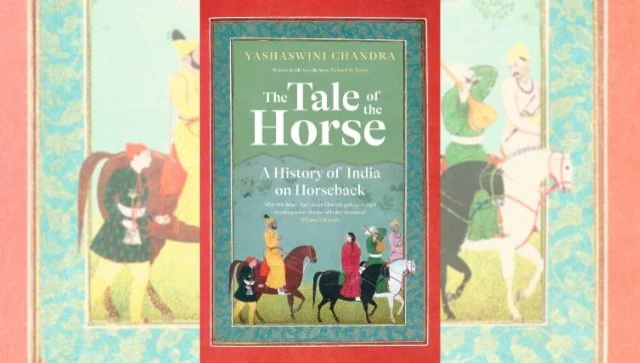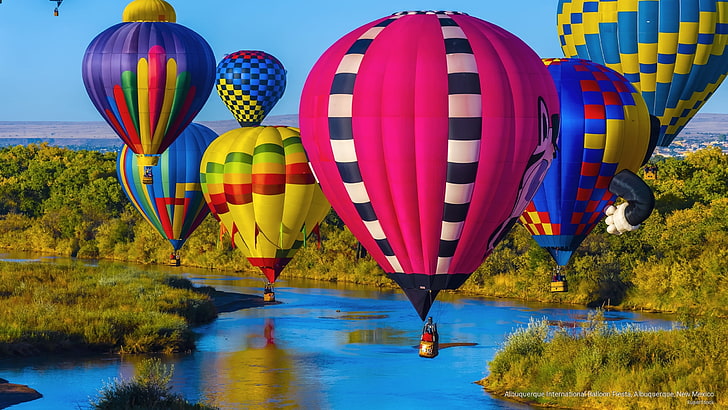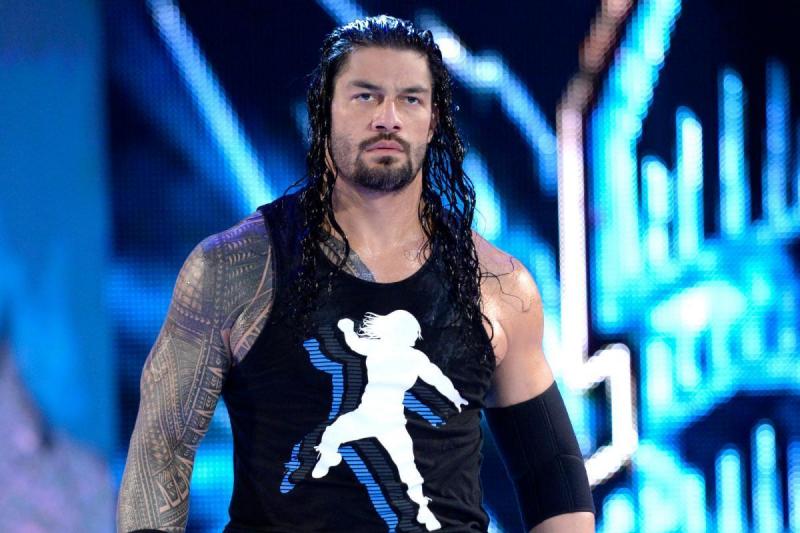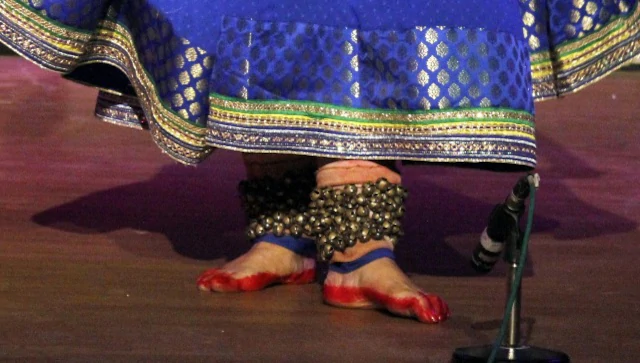The Tale of the Horse: New book locates the animal's historical import in India by exploring myth, art, literature

- Reporter 02
- 24 Aug, 2022
Yashaswini Chandra is a historian who loves horses. When she set out to write her first book, The Tale of the Horse: A History of India on Horseback, she wanted to go beyond “a utilitarian outlook by which horses are viewed simply as a commodity in trade or a creature of war.” It was important for her to be conscious of “the sentience of horses, as animals capable of a range of feelings and inspiring feelings in the humans they have been associated with.” The book was published in January 2021 by Picador India.
Chandra has a PhD in History of Art from School of Oriental and African Studies (SOAS), University of London. She has worked for Sahapedia — an open online resource on the arts, cultures and heritage of India — managing the multi-volume documentation of the Rashtrapati Bhavan in Delhi, and an institutional collaboration with Rupayan Sansthan in Jodhpur. She draws on this training to mount a work of non-fiction, which is not only an equestrian history but also a saga of painters, princesses, polo players and politicians whose lives were intimately connected with horses.
In an interview with Firstpost, Chandra talks about life with horses and her book that evolved from it.
What is your earliest memory of getting to know a horse? How did that feel? In what way do horses continue to be a part of your life?
I think I was five or six when I first sat on a horse after my mother hired a horse owner to teach me to ride – although he only ever took me on joyrides, and I do remember my first impression of a horse at that age was that it is huge! I ride and horses are a big part of my life. There’s nothing more uplifting than a good ride or nothing compares to a bond with a horse.
Could you talk a little about your relationship with Sue? For how long have you known each other? What kind of support did Sue offer while you were completing this book during the COVID-19 pandemic?
Not being able to see my horse Sue, or ride for two months, was easily the worst deprivation of lockdown for me, and I had a rather emotional reunion with her after it was lifted. Whenever I don’t see her for a while, she makes her displeasure known and has a bit of a go at me. But, in this case, she seemed to understand and was obviously as happy to see me. For long now, riding has been my main escape. It was especially so through the writing of the book and the pandemic when Sue’s companionship was my mainstay. I’m happiest at the stables and all my worries fade away when I’m with her – nothing else matters during that time and that is a gift.
How did you combine your love for horses and your academic training as a historian while envisioning and writing The Tale of the Horse?
It was very important to me to strike that balance. And, I must say, the form of the book came naturally. I agonised over the scope and scale of the book, over sources, but never its form. Perhaps the reason there’s so little literature on the horse in India is because it’s difficult to imagine what a rich subject it is unless you have had some experience of horses in your own life. But, once I decided to work on a serious study, with a view on writing an animal's history, or a history through the prism of this animal, I went about the research based on my critical training.
Why was it important for you, as a historian, to engage with mythology, literature and folklore? Could you share your thought process about the choice of sources used in this book, and tell us what constitutes history for you?
I wish I were that conscious of my method! The very premise of the book, concerned with the historical presence of the horse across Indian culture and society, entailed interdisciplinary research and a layered account. I also knew that I wouldn’t find the entire history of the horse that went beyond the associations with the elite horse-riding classes in their records, say, court chronicles.
I realised that I would have to read the same sources against the grain as well as cast my net wider for insights about, say, nomadic groups who were breeders and traders of horses or the low-status grooms who looked after them. Much of the history of Rajasthan, for example, including that surrounding the horse, lies in oral traditions. My fieldwork in the region and links with certain institutions in and scholars of Rajasthan made me aware of that. As a trained art historian, I was of course concerned with making the most of art-historical sources.
There is considerable osmosis and overlap between the spheres of history, mythology, literature and folklore. But there are also distinctions between them and, as long as one is conscious of those differences, they can be used to shed light on each other.
What were some of the most astonishing discoveries you made about places and personalities as you galloped into various archives?
The representations of the relationship between humans and horses in some of the stories and paintings were a revelation. Because I was imagining the horse everywhere, I was seeing a lot of material in new light. For instance, I surveyed a group of caravanserais that have survived from the Mughal period in terms of their location on horse-trading routes that connected the different parts of the empire enabling the flow of horses into and across India. Then of course, there are the usual rewards of archival research when you stumble across a cache of records that you had no idea existed – to give an example, I found these files from the colonial office of the Ajmer commissioner about Afghan horse traders and mercenaries and colonial attempts to introduce mule breeding in Rajasthan. I really felt I struck gold with them.
How were you able to stride across time periods and geographical boundaries, keeping the horse central to your narrative, and not feel bogged down by received ideas about how history ought to be written?
I struggled with that aspect of the book, dealing with those regions, periods and disciplines I didn’t have a research background in. But rather than feeling bogged down by received ideas, I found my bearings in terms of the bigger picture in the existing literature in many of these cases. Thereafter, it became a matter of excavating the horse and tying together a narrative around it.
Historians don’t work in isolation. They build on previous scholarship, even if they differ from it, find inspiration in those works that resonate with them, and share ideas and information – all of which went into the making of this book. Starting out, it’s a problem if there isn’t much literature on a subject, such as the horse in India, but the advantage of a novel topic or approach is that you get to chart your own bridle path (to pay you back in kind for all the equestrian puns!).
What reined you in when you were horsing around with the research material and wondering how to shape it into a book?
For a while, I wondered how to compress a representative, if not a comprehensive, history of the horse into a doable project and a readable book. It’s only gradually that I honed in on a structure, which includes a general background, an overview of the Indian scene and a case study of Rajasthan as a horse territory – the latter two in parts consisting of a number of chapters. This also lent a framework to my research.
Is it true that you researched and developed some of the ideas in this book while teaching courses at Ashoka University? How did your interaction with the students enrich your relationship with the material you were working with?
In some ways, I took a break from the book project when I taught consecutively for two semesters at Ashoka University on the visual arts programme in 2019, because I had much less time for research and writing. But, in other ways, teaching courses on painting, and the material world of the Mughals gave me a chance to pause and refresh my knowledge of larger concepts and traditions before I sat down to write the final draft of the book. I was able to refine certain ideas and was obviously fired by the interaction with my students — that's a major reason teaching and research go well together. I remember that I took one of my classes for a field visit to Narnaul in Haryana, where we saw the tomb built by Sher Shah Suri for his grandfather, Ibrahim Khan, who was a horse trader, and I have written about the monument in the book. A couple of students provided me with stellar assistance on the book and quite a few shared references to horses, so it was great to feel supported and cheered on like that.
Historians are often saddled with the burden of making their work seem relevant to the present moment. Is this something that concerns you? When you see knowledge about the past being selectively used to perpetuate hate and violence, how do you re-examine your role as scholar and teacher?
I feel it’s a burden if self-consciously done. I think a scholar or writer has done well if s/he presents a balanced and nuanced picture of history and its reflections into the present. I would leave it to the imagination of the readers to make any larger connections. Of course, it’s disturbing and disheartening when history is manipulated and appropriated to violent ends. It’s also distracting because then you keep having the same exchanges over and over again instead of moving forward as a discourse or a modern society.
Leave a Reply
Your email address will not be published. Required fields are marked *
Hello World! https://3ovivg.com?hs=20b3bddd91b9d65adf3a9a6b5ad5c16e&
5zrhnw
https://Www.Waste-Ndc.pro/community/profile/tressa79906983/
Currently it looks like Drupal is the preferred blogging latform out there right now. (from what I've read) Is that what youu are using on your blog? https://Www.Waste-Ndc.pro/community/profile/tressa79906983/
https://www.waste-ndc.pro/community/profile/tressa79906983/
Fantastic beat ! I would like to apprentice at the same time aas yyou amend your site, how could i subscribe for a weblog website? The account helped me a applicable deal. I have been tiny bbit familiar of this your broadcast offered vibrant transparent concept https://www.waste-ndc.pro/community/profile/tressa79906983/
IsBzRUFOJVmSP
FhMtSUEs
IsBzRUFOJVmSP
FhMtSUEs











